Sustainable Cleaning Strategies for a Greener Household
Chosen theme: Sustainable Cleaning Strategies for a Greener Household. Welcome in! Today we turn everyday chores into mindful rituals that protect your health, simplify your routine, and lighten your environmental footprint. Read on, try a tip, and share your wins with our community.
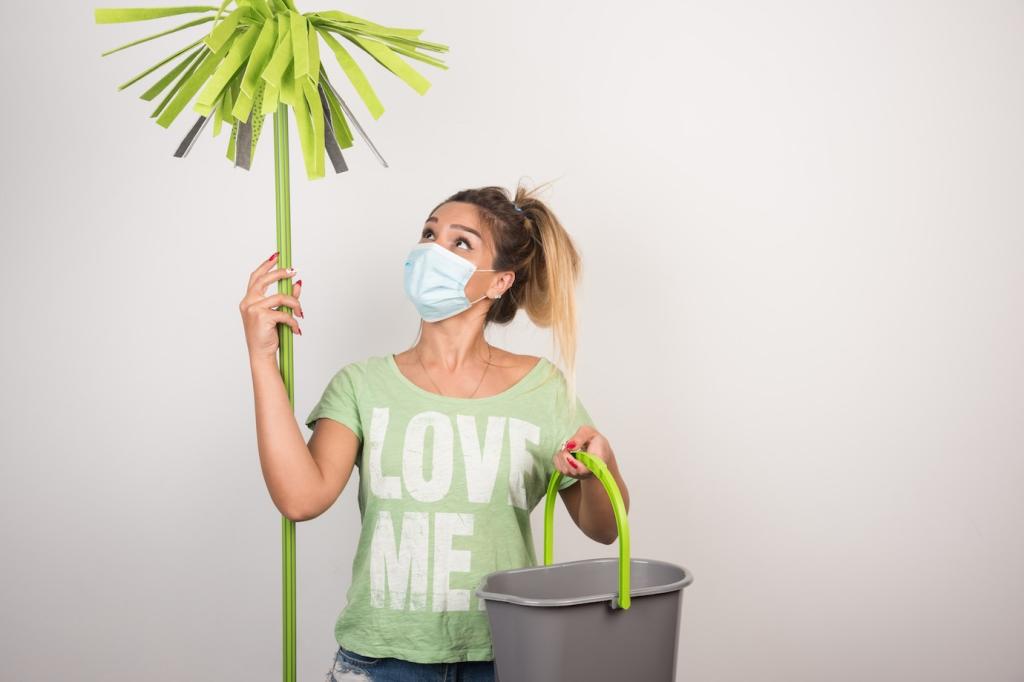
Why Green Cleaning Matters Now
Switching to fragrance-free, low-tox cleaners reduces volatile organic compounds that irritate airways and trigger headaches. We noticed fewer sneezes after ditching aerosol sprays. Try it for two weeks, track how you feel, and tell us which product made breathing easier.
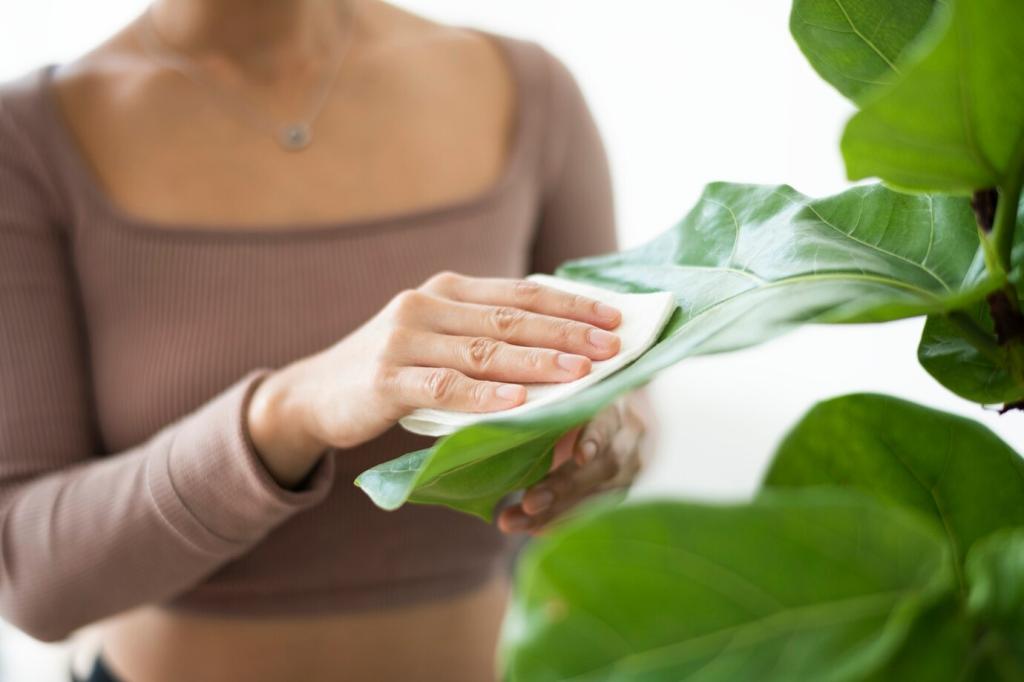
Eco-Friendly Ingredients That Work
Vinegar dissolves mineral deposits and soap scum because its acidity breaks bonds. Baking soda’s mild abrasiveness lifts residue and deodorizes. Used together they mostly neutralize; use sequentially for power without waste. What surfaces changed most for you? Share your before-and-after.
Eco-Friendly Ingredients That Work
Castile soap, made from plant oils, emulsifies oils and lifts grime without synthetic dyes. Rinse thoroughly, then, if needed, follow with a separate vinegar water wipe to cut film – never mixed, to avoid curdling. Have a favorite dilution ratio? Drop it in the comments.
Eco-Friendly Ingredients That Work
Tea tree, thyme, or lemon eucalyptus can scent cleaners and add antimicrobial support, but potency varies by concentration and surface time. Keep oils away from pets and babies, patch test, and store dark. They complement, not replace, proper disinfection when illness strikes.

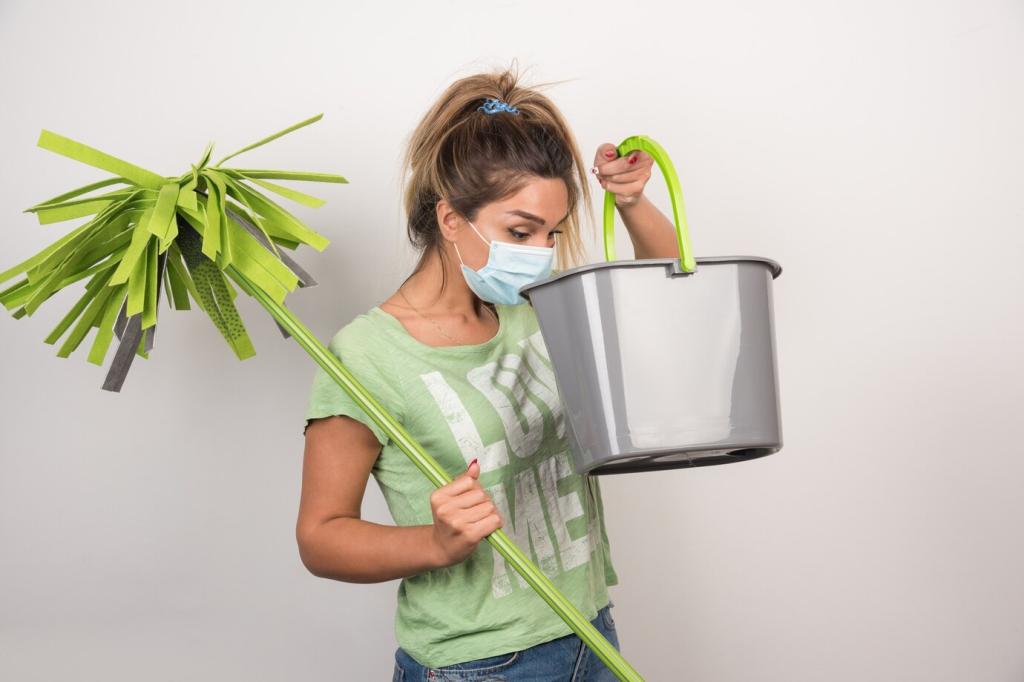
Room-by-Room Sustainable Routine
Keep a spray of diluted castile and a dedicated microfiber by the stove. Degrease splatters while pans cool, sweep crumbs into a compost caddy, and finish with a hot-cloth wipe. Five mindful minutes after dinner prevents bigger messes. What’s your post-meal ritual?
Room-by-Room Sustainable Routine
For soap scum, soak with warm vinegar or citric acid, then gently scrub with a non-scratch pad. Squeegee glass after showers to prevent buildup. Ventilate well to curb humidity. Want our week-by-week bathroom reset checklist? Subscribe and we’ll send the printable.
Waste Less, Clean Smarter
Tools that last
Build a kit of durable tools: color-coded microfiber cloths, a cellulose sponge, a scrubbing brush, and repurposed cotton tees. Wash cloths in warm water, skip fabric softener to preserve absorbency, and air-dry brushes. Repair handles instead of replacing. Got a favorite brand?
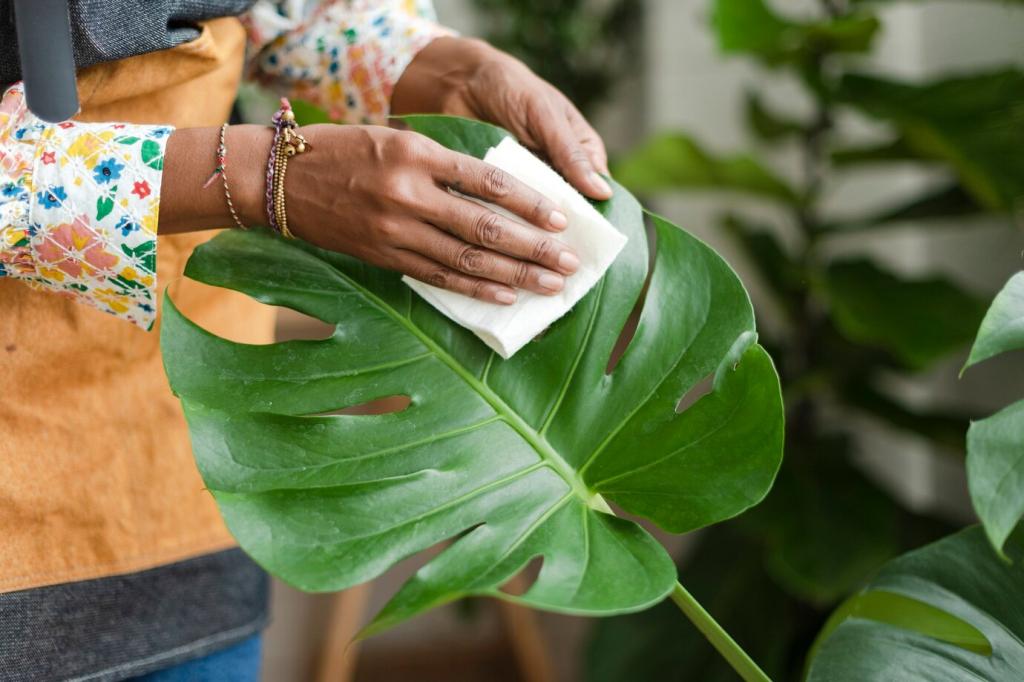
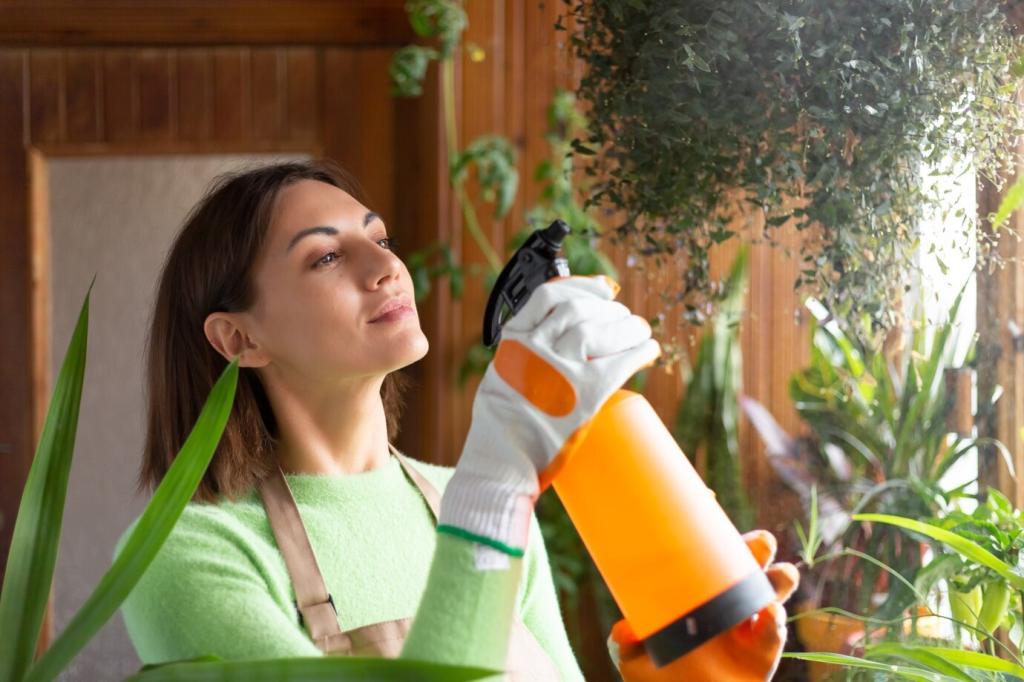
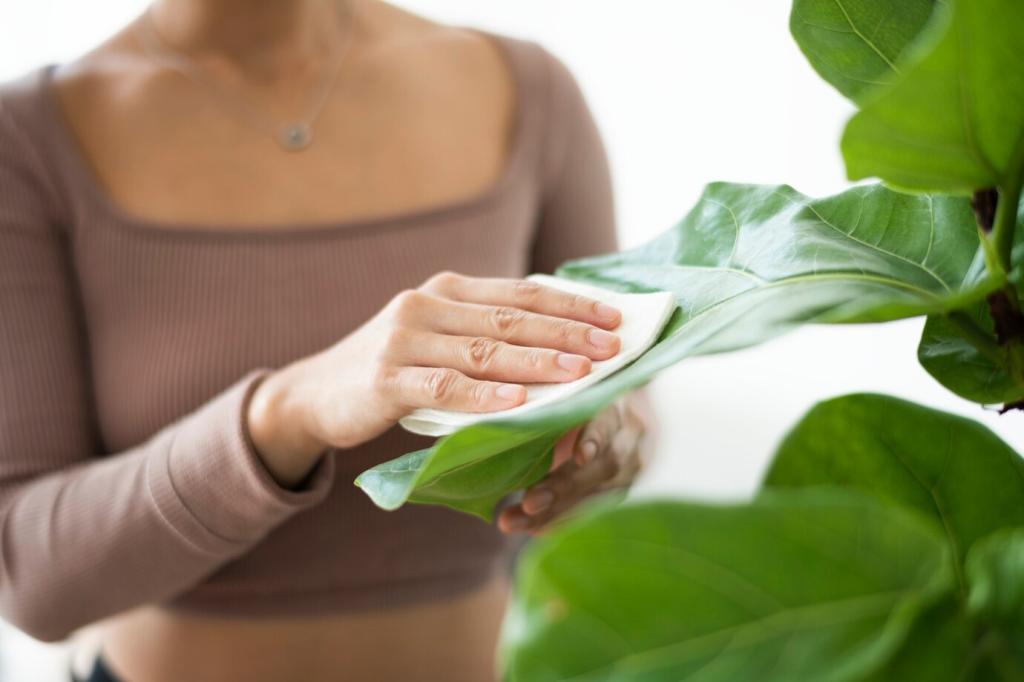
Cleaning versus disinfecting
Cleaning removes soil and many microbes; disinfecting kills specific pathogens when used correctly. Read labels for contact time – often several minutes. Use soap and water first, then disinfect high-risk zones during illness. Want our quick-reference chart? Subscribe and we’ll send it.
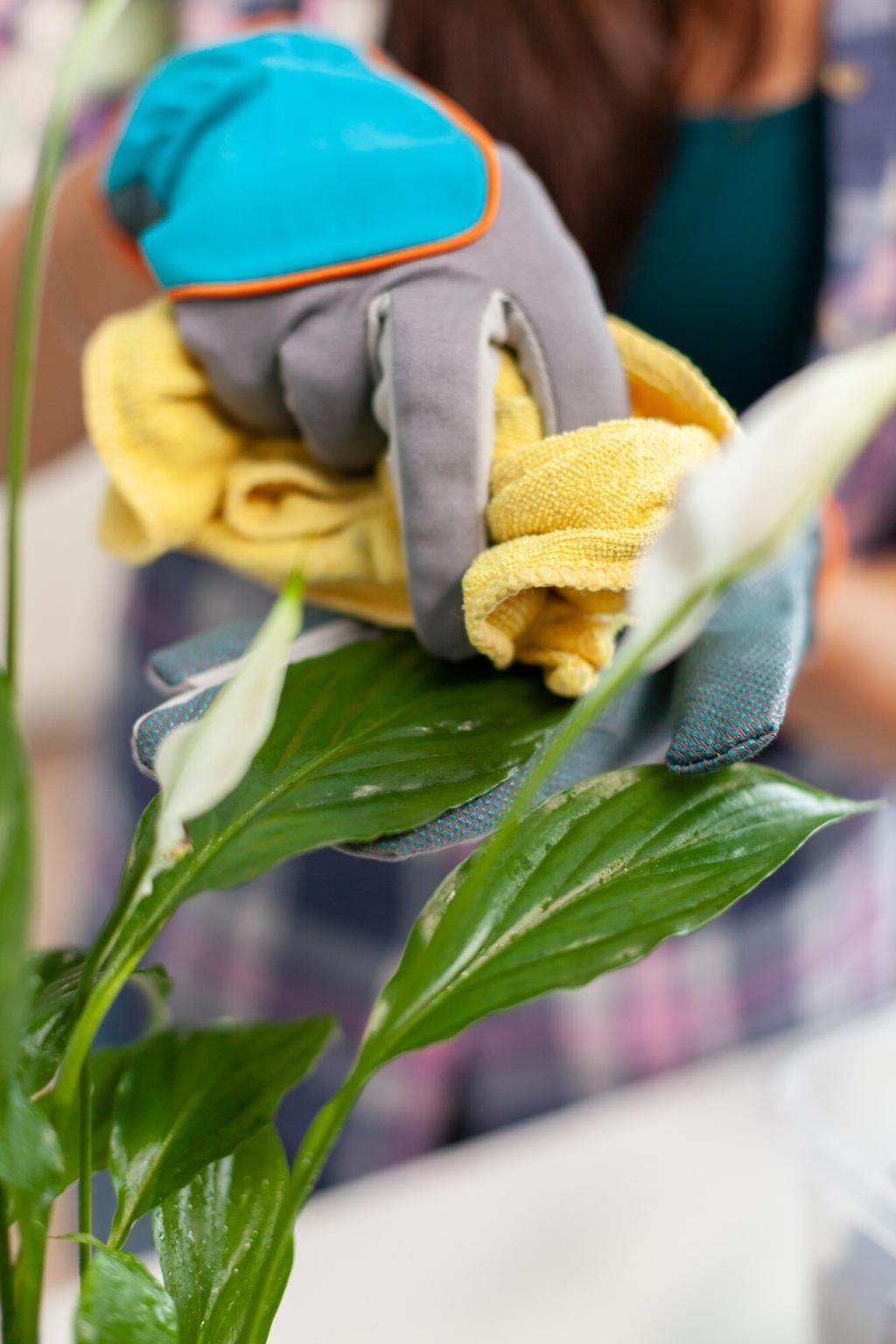
Kitchen safety without chlorine overload
For cutting boards and handles, 70% alcohol or hydrogen peroxide can disinfect effectively when surfaces stay visibly wet for the full contact time. Separate raw meats, and sun-bleach stained cloths outdoors. What’s your safe food-prep routine? Share a tip we can feature.
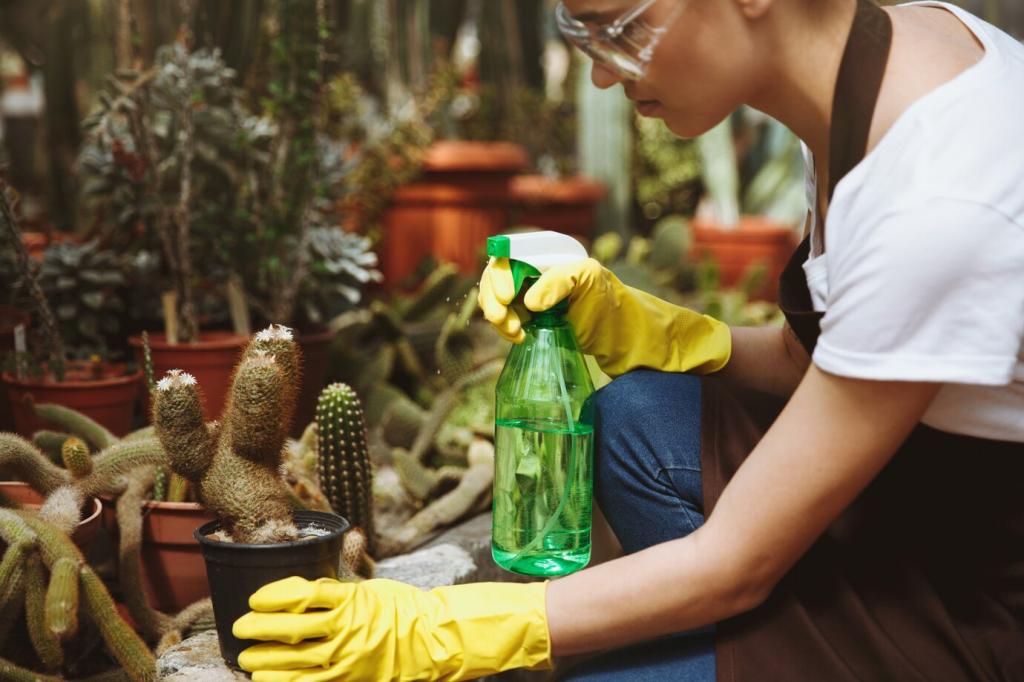
Myth-busting: 'natural' means harmless
Natural does not equal harmless. Vinegar can etch marble and some stone; essential oils are potent and require dilution and secure storage. Label bottles clearly, keep away from kids, and never mix ammonia and bleach. What myth should we investigate next together?
